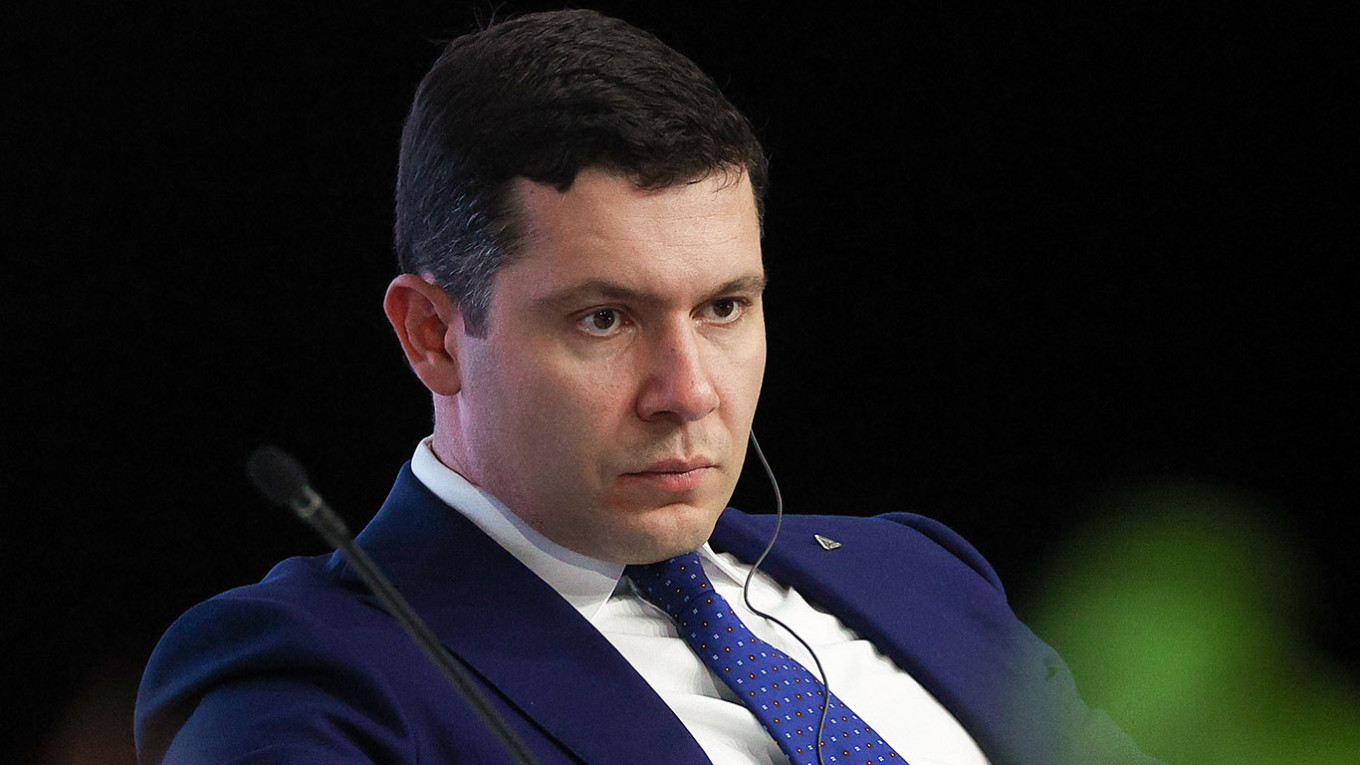On Tuesday, Anton Alikhanov, Russia’s Minister of Industry and Trade, stated that both sanctions and market saturation are starting to slow the growth of trade with China, marking a shift from the rapid expansion seen since the onset of the Ukraine invasion.
“We are observing a decline in our mutual trade… In the medium term, we should anticipate more moderate growth rates than previously,” Alikhanov remarked during a Russia-China business forum held in Kazan this week.
After many Western companies exited Russia in 2022, trade between Russia and China surged, reaching an all-time high of $245 billion last year, making Russia China’s seventh-largest trading partner. However, bilateral trade fell by 8.1% from January to July of this year compared to the same timeframe in 2024, amounting to $125.8 billion.
Alikhanov identified three primary factors contributing to this deceleration: Western sanctions and wider economic pressures, fluctuations in global commodity prices, and what he described as the “market saturation” of Chinese goods within Russia.
Chinese automobile manufacturers swiftly entered the Russian market following the withdrawal of Western competitors, but demand has diminished in recent months. In July, Russian regulators prohibited imports from four major Chinese truck manufacturers as domestic producers reduced workweeks due to declining sales.
Alikhanov contended that future trade developments would shift focus from raw materials and consumer products to technology and industrial collaboration. He pointed out 63 collaborative projects in sectors such as electronics, automotive, metallurgy, chemicals, and pharmaceuticals, with a projected value of around $130 billion.
“In the long term, the most effective initiatives will be those that focus on joint production investments, technology transfer, and the implementation of advanced technologies,” the minister stated.
Nonetheless, the business newspaper Kommersant highlighted that China’s investment in Russia is only a small portion compared to its commitments to Southeast Asian countries, revealing the limitations of this partnership.

